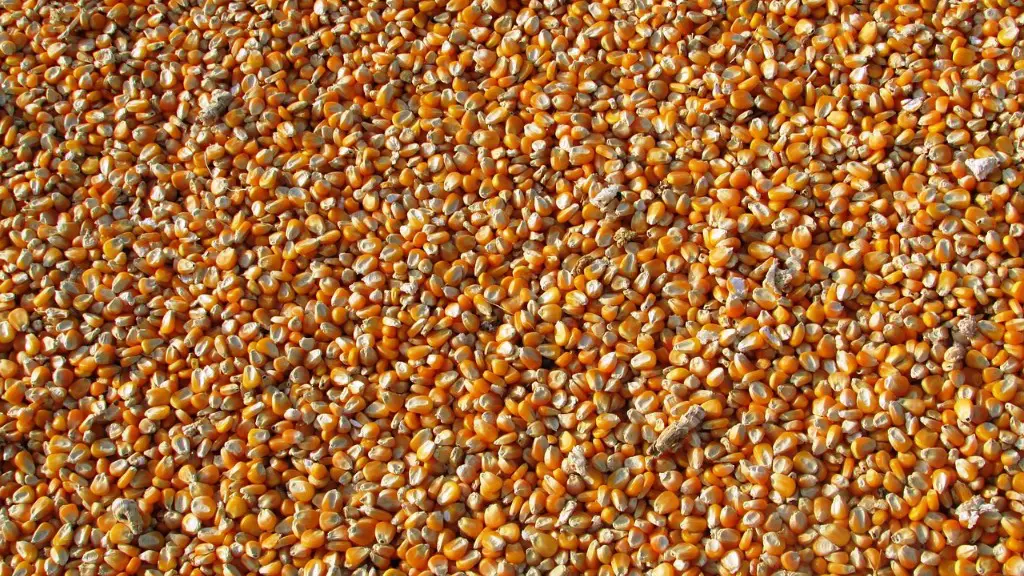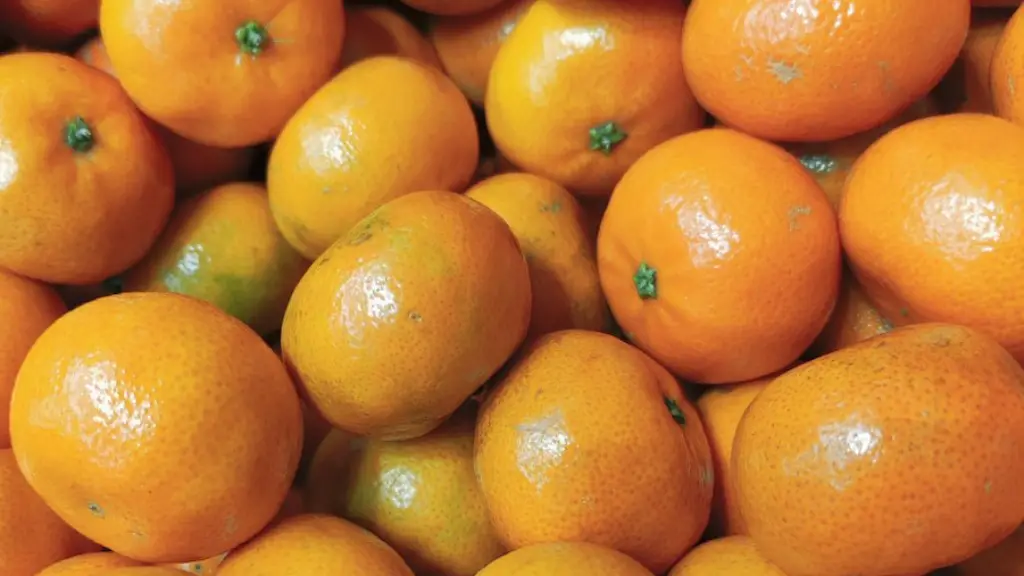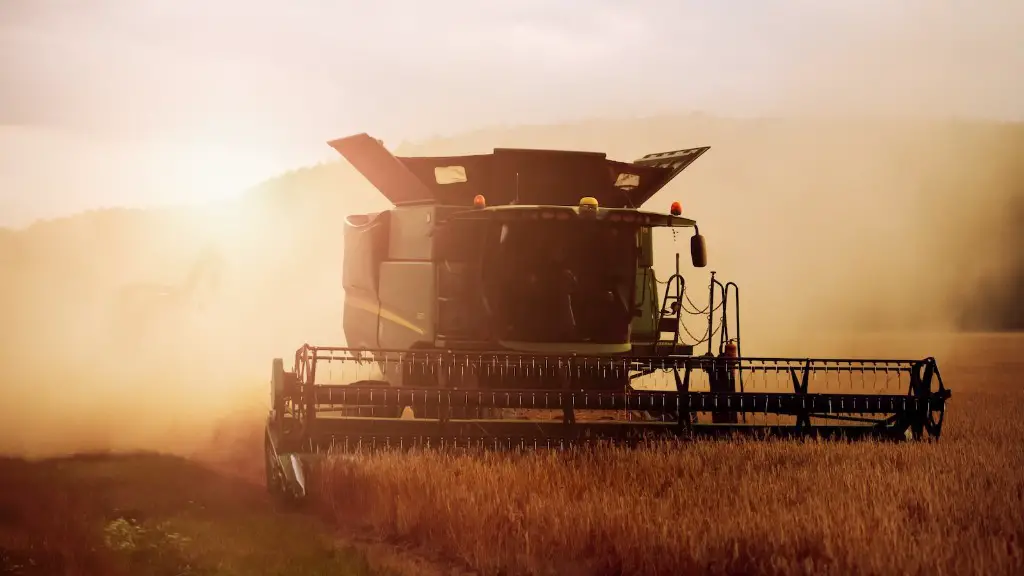In agriculture, cooperative marketing is when farmers join together to market and sell their products. This can be done through a farmers’ market, a food co-op, or even online. By working together, farmers can pool their resources and reach a wider audience than they would be able to on their own. Cooperative marketing can also help farmers to negotiate better prices for their products and to share information about good marketing practices.
Cooperative marketing in agriculture refers to a business arrangement between two or more farmers who combine their resources in order to market their products together. This type of arrangement can be beneficial for farmers because it allows them to pool their resources and reach a larger customer base. In addition, cooperative marketing can help farmers to reduce costs and improve their overall competitiveness.
What is the cooperative marketing?
Cooperative marketing is a great way for companies to team up and produce a larger, more valuable offering to customers. By pooling resources, each company can reach a larger audience or tap into new markets. This type of marketing can be especially beneficial for small businesses that might not have the budget or reach to go it alone.
Marketing cooperatives are common in agriculture where they help farmers to sell their products under a common brand name. This can be advantageous for farmers as it allows them to pool their resources and sell their products under a well-known brand name. Marketing cooperatives can also help to negotiate better prices for farmers and to provide other services such as marketing and advertising.
What does cooperative mean in agriculture
Co-ops are a type of business that is owned and controlled by the people who use its products or services. They are organized for the benefit of their members, rather than for profit. Co-ops can be found in a variety of industries, including agriculture, banking, energy, food, housing, and health care.
Producer cooperatives are agricultural marketing co-ops that help members sell their products. By pooling resources and working together, members of a producer cooperative can get a better price for their products and have more bargaining power with buyers. Producer cooperatives can also help farmers market and sell their products directly to consumers, bypassing the middleman.
What are the benefits of cooperative marketing in agriculture?
The co-operative marketing societies that are formed provides the credit required by the necessary farmers. Thus, it will prevent the farmers from their selling their products straightway after harvesting it. So, this will ensure better returns for the farmers.
Co-operative marketing societies play an important role in ensuring that farmers are able to sell their produce at fair prices. They also protect farmers from excessive marketing costs and malpractices. Credit facilities available to members through these societies can help farmers to finance their operations and expand their businesses.
What are three types of agricultural cooperatives?
The majority of agricultural cooperatives are production and marketing cooperatives. These cooperatives are responsible for handling the majority of agricultural production, including crops and livestock. Poultry and livestock cooperatives are responsible for the care and marketing of these animals, while fishing and fish marketing cooperatives manage the fishing industry. Food processing and marketing cooperatives handle the processing and marketing of food products.
Different types of cooperatives exist to serve different purposes, but all are based on the same principles of voluntary association and collective action.
1) Retail Cooperatives are a type of “consumer cooperative” which help create retail stores to benefit the consumers making the retail “our store”. These cooperatives are owned and democratically controlled by the people who use their services.
2) Worker Cooperatives are businesses owned and operated by the people who work there. The workers share in the profits and decision-making of the business.
3) Producer Cooperatives are businesses owned and operated by the producers of goods and services. The producers share in the profits and decision-making of the business.
4) Service Cooperatives are businesses owned and operated by the providers of services. The service providers share in the profits and decision-making of the business.
5) Housing Cooperatives are housing developments owned and operated by the people who live there. The residents share in the profits and decision-making of the business.
What is the importance of agriculture cooperative
Cooperatives help build sustainable communities in rural areas by providing opportunities for growers to sell their goods in a bigger market and buy input supplies at lower prices. This leads to better economic development and the rural population’s welfare.
Agricultural cooperatives can be vital tools for smallholder farmers. They can help farmers overcome constraints that hinder them from taking advantage of their business. Cooperatives can empower farmers economically and enhance their collective bargaining power. This can reduce the risks that farmers face in the market.
What is the purpose of an agricultural consumer cooperative?
Agricultural cooperatives are a great way for farmers to gain market power and increase their bargaining power. By joining together, they can market their crops more effectively and achieve economies of scale. They can also add value to their crops by processing them into higher quality products. In addition, cooperatives can purchase supplies and services more cheaply than farmers could on their own.
The farmers get benefit from the business activity of cooperative in the forms of inputs supply (fertilizer, pesticide, etc), credit or loan provision; and collective marketing. Cooperative has been successful in providing a profit share to members aside from support the food security through the increased productivity.
What are two benefits of agricultural cooperatives
Cooperatives benefit farmers by enabling them to own and control businesses that provide them with supplies and services, and marketing their products. This democratic ownership and control gives farmers more power to negotiate better prices and terms with suppliers and buyers, and to make decisions that are in their best interests. Cooperatives also provide farmers with access to capital, expertise, and other resources that they might not otherwise have.
Co-operatives offer a number of advantages over traditional businesses, including equal voting rights for members, shared responsibility, and limited liability. This structure encourages member contribution and makes it easier for members to pool resources and share risks. There is no limit on the number of members in a co-operative, which makes it easier for co-operatives to expand their business activities and reach new markets.
What are the benefits of a cooperative marketing strategy?
There are many benefits of cooperative marketing, including the following:
1. Bargaining opportunities and changing the economies of scale – By coming together and pooling their resources, cooperatives can have more bargaining power with suppliers and also change the economies of scale.
2. A less expensive strategy – Sharing resources, data, and tools can make marketing initiatives more cost-effective.
3. Larger market to reach – Diverse prospects and larger audiences can be reached through cooperative marketing efforts.
4. Increased financial income – More sales can lead to increased financial income for cooperatives.
5. Continuous product flow – A continuous flow of products can be maintained through cooperative marketing.
An agricultural cooperative is an organization formed by farmers to collectively market and purchase their produce. Farmers may form cooperatives for a number of reasons, including to increase their negotiating power with buyers, to pool resources and to access shared services.
The key characteristics of an agricultural cooperative are that its members control the organization due to their roles as patrons, membership in the cooperative is limited to patrons, and at least half of the cooperative’s business is performed on a patronage basis.
What are 5 examples of cooperative
Cooperatives are business organizations owned and operated by a group of people who share a common interest. They are formed to meet the specific needs of their members. Those types of cooperatives include producer/marketing, retail supply, utilities, cable television, agricultural services, fish marketing, child care, farmers’ markets and community service.
Service cooperatives are a type of cooperative that provide various services to their members. Common types of service cooperatives include finance, utility, insurance, housing, and health care cooperatives. Rural electric cooperatives are one of the most well-known examples of service cooperatives, as they provide electrical service to residents and businesses in rural areas.
Conclusion
cooperative marketing in agriculture is a term used to describe a variety of activities undertaken by farmers and agricultural organizations to promote and sell their products. These activities can include shared advertising, joint ventures, and even cooperative purchasing arrangements. The goal of cooperative marketing is to increase the visibility and sales of agricultural products, and to help farmers compete in a global market.
Cooperative marketing in agriculture is an important tool for farmers to increase their profits and market share. By working together, farmers can negotiate better prices for their products, pool resources to develop and advertise new products, and respond quickly to changes in consumer demand. Cooperative marketing can be an effective way for farmers to compete in the marketplace andflourish despite the challenges they face.





